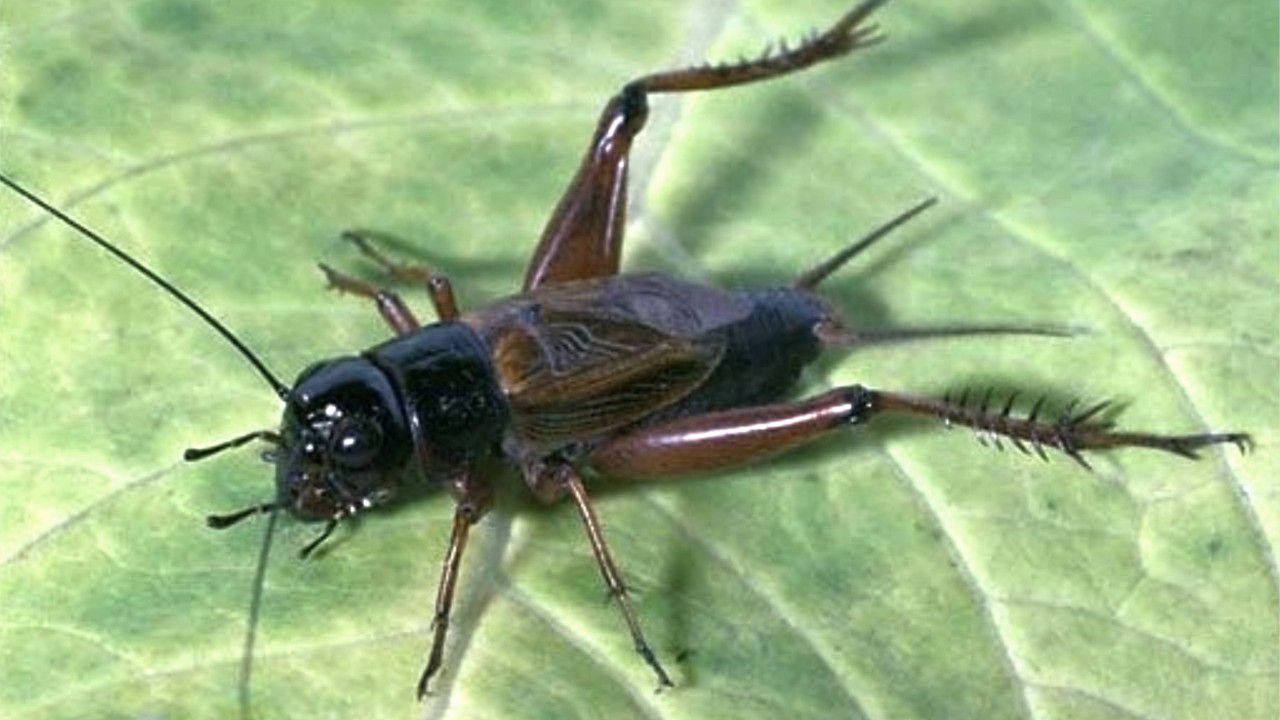Chirp! Chirp! The noise of crickets is a familiar summer sound, but did you know you can tell the temperature from their songs?
Crickets, which are part of the same family as grasshoppers, are more than just musicians that "sing" to us each summer. You can also use them as a makeshift thermometer.
Crickets make their chirps by rubbing the edges of their wings together. They typically do this to attract a mate, signal danger, or call out to another cricket.
Amos Dolbear popularized the relationship between temperature and crickets' music in the late 1800s.
The formula he developed, presumably for snowy tree crickets, is called Dolbear's law. For field crickets, it's still a useful approximation. T is the temperature in Fahrenheit, and N is the number of chirps counted in one minute.

A faster way to tell the temperature from a cricket's chirping is to count the number of chirps in 14 seconds and then add 40.
The reason that crickets chirp faster when it's warmer has to do with muscle contractions. Chemical reactions control the contractions that cause the chirping, so the higher the temperature, the faster the contractions occur.
Crickets, like all insects, are cold-blooded, so they take on the temperature of the surrounding air and have limited control of the rate they chirp.
So, the next time you hear crickets' summer song, count the chirps and then check the temperature. You should be within a degree or two.
Our team of meteorologists dive deep into the science of weather and break down timely weather data and information. To view more weather and climate stories, check out our weather blogs section.








